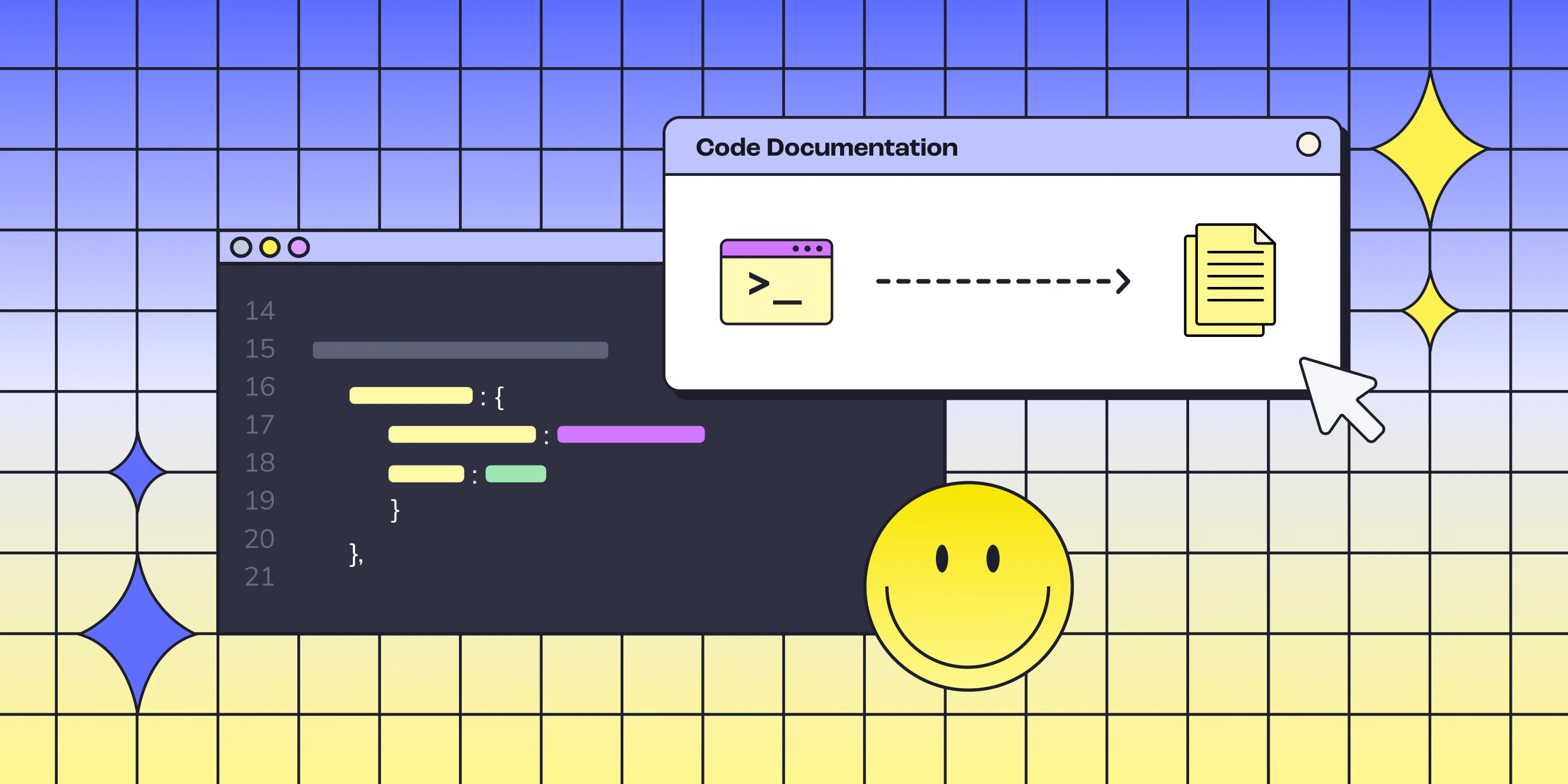High quality documentation is the foundation of effective and productive software development, yet it often gets overlooked. In fact, 73% of software developers report that code understanding is essential to their productivity. For development teams, this can be the key to smoother onboarding, stronger collaboration, and faster delivery cycles.
But there’s a gap—outdated docs, poor accessibility, and lack of time to create docs in the first place make documentation feel like a chore. The result? Developers waste valuable hours untangling code, and critical knowledge gets trapped in silos.
The benefits of code documentation
Investing in documentation is one of the most strategic decisions an engineering organization can make. Here’s why:
- Improves productivity: High-quality documentation eliminates guesswork, keeping teams aligned and reducing friction during the development process.
- Streamlines onboarding: New hires or technology partners integrate faster with structured, accessible information about the codebase.
- Boosts collaboration: Effective documentation creates a shared understanding of complex systems, fostering trust and satisfaction within development teams.
Why developers avoid documentation (and the truth behind It)
Many developers avoid documentation like the plague. Here’s why:
- “Good code documents itself.” While clean code is essential, it doesn’t explain the “why” behind decisions, workflows, or architecture. Docs fill this gap with necessary insights.
- “There’s no time for documentation.” On the surface, this feels true. But comprehensive docs can save developers countless hours down the road, making them a time-saving investment.
Where to start
The biggest hurdle to effective documentation is often getting started. Swimm’s autodocs feature simplifies this process by generating an initial overview of your codebase, giving your team a strong foundation to build on.
Want to learn more? Download The code documentation handbook for practical strategies to build and maintain effective documentation in your organization.

